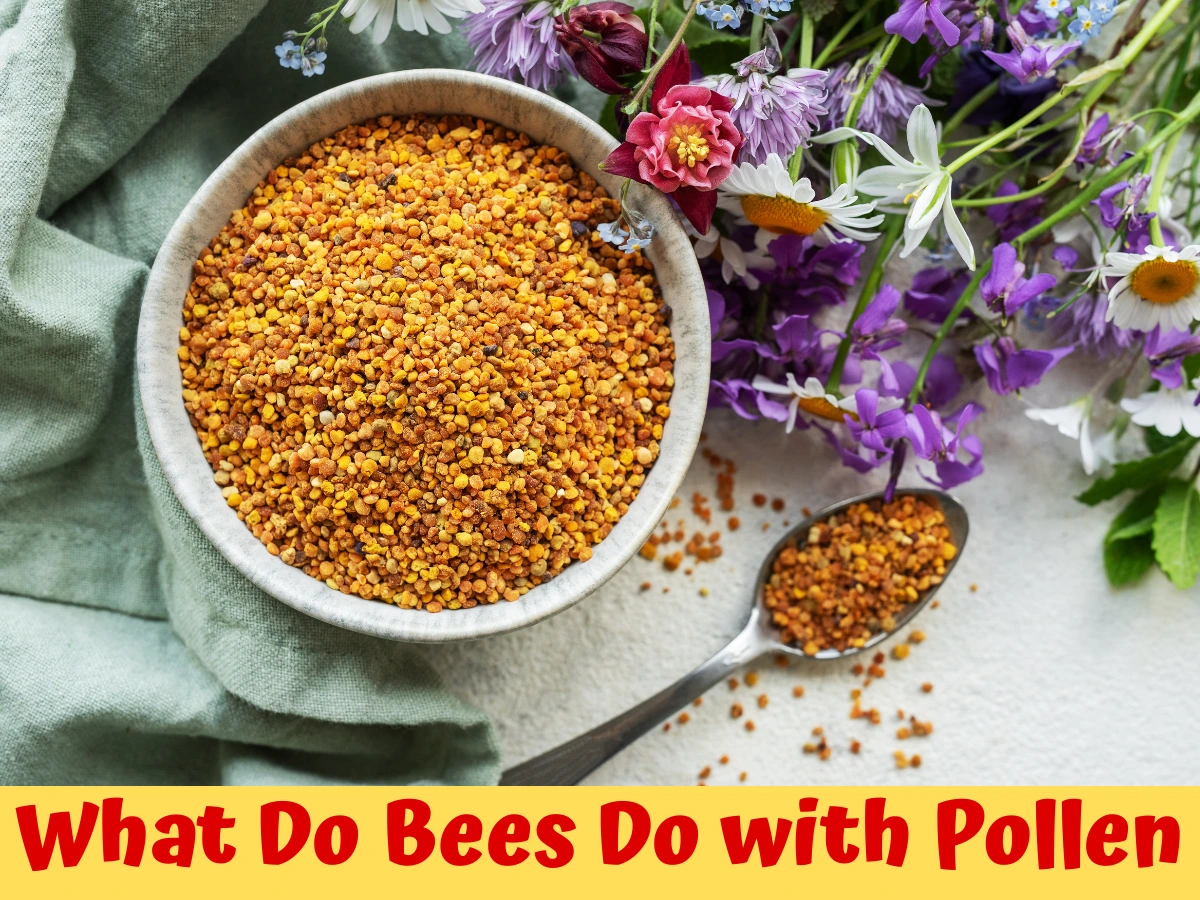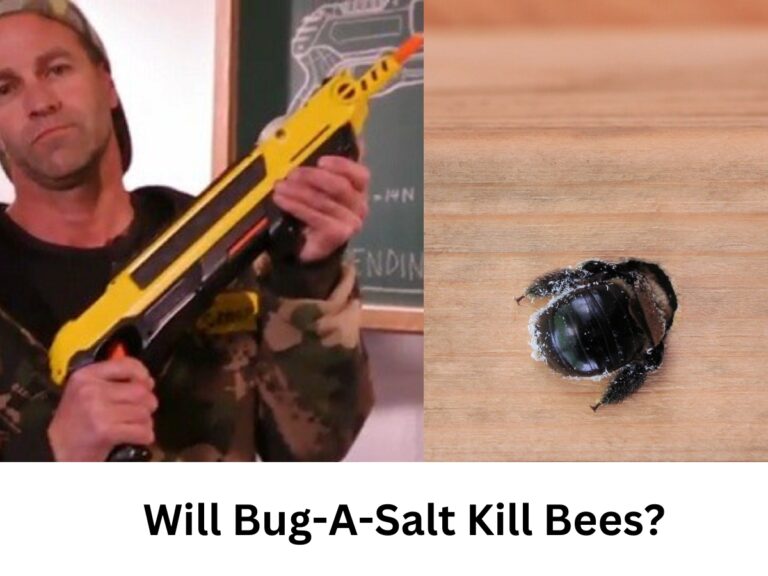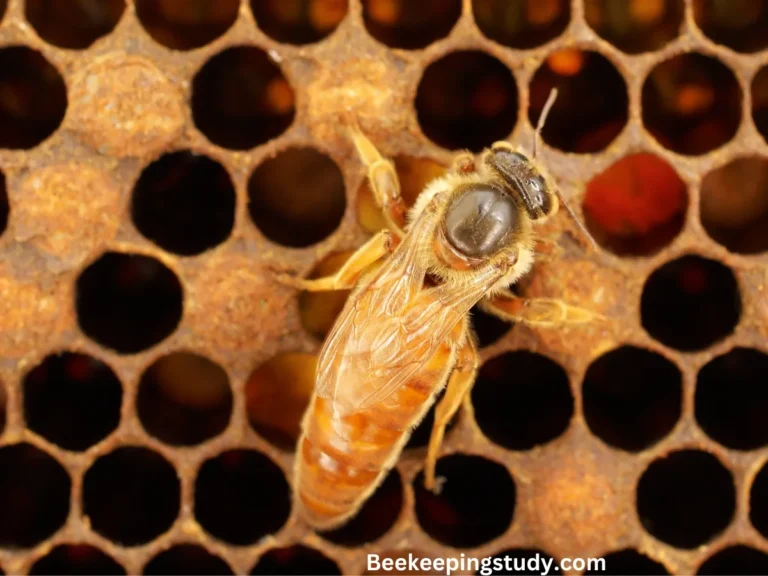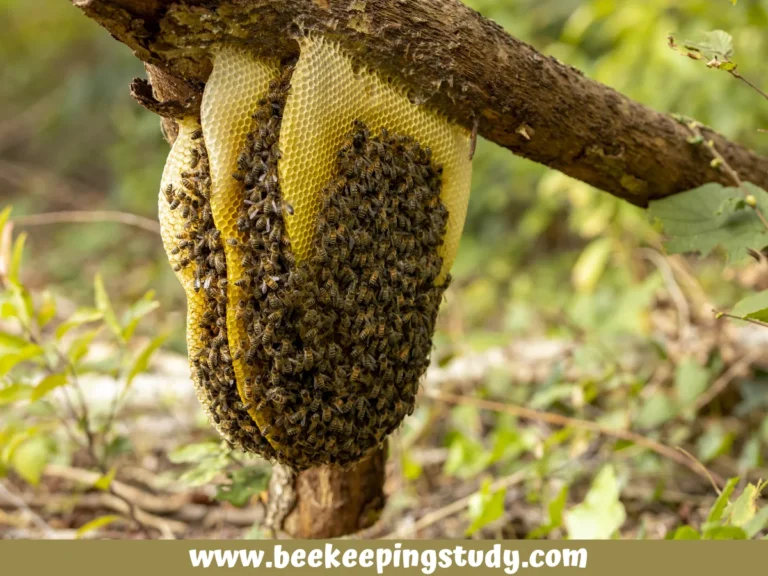This post might be created with help from AI tools and carefully reviewed by a human (Anthor Kumar Das). For more on how we use AI on this site, check out our Editorial Policy.
What Do Bees Do with Pollen
Bees play a vital role in our ecosystem, and one of their most important jobs is collecting and using pollen. Understanding what bees do with pollen helps us appreciate their value in agriculture, pollination, and biodiversity. In this article, we’ll explore how bees collect pollen, how they use it inside the hive, and why it matters for both nature and our food systems.
The Role of Pollen in a Bee’s Life
Pollen is more than just a food source for bees. It is essential for the growth and development of their colony. Bees collect pollen from flowers and bring it back to their hive, where it serves multiple purposes.

Nutritional Value of Pollen
Pollen is packed with protein, vitamins, minerals, and healthy fats. These nutrients are critical for the well-being of the entire hive. Worker bees, larvae, and even the queen rely on pollen to grow, stay strong, and function properly. Proteins help with muscle development, while vitamins and minerals support immune health and other vital processes.
How Bees Collect Pollen
Bees are equipped with specialized body parts that help them collect and carry pollen efficiently. Their fuzzy bodies naturally attract pollen grains as they move from flower to flower. Using their legs, bees gather the pollen into small balls called pollen pellets. These pellets are stored in pollen baskets, also known as corbiculae, located on their hind legs.
The Collection Process
While foraging, bees visit many flowers in a single trip. When a bee lands on a flower, it brushes against the anthers, the part of the flower that produces pollen. The sticky pollen clings to the bee’s body and is then packed onto its hind legs. This process not only collects pollen for the hive but also supports pollination, helping plants reproduce and thrive.
What Bees Do with Pollen in the Hive
Bees use pollen for the feed and development of their entire colony. From rearing brood bees to feeding the entire colony, pollen serves every aspect.
Feeding the Colony
When bees return to the hive with pollen, they store it in honeycomb cells. This collected pollen, known as bee bread, becomes a primary food source for the colony. Nurse bees consume bee bread to produce royal jelly, which is used to feed both larvae and the queen.
Bee Bread Production
To make bee bread, bees mix pollen with nectar and enzymes from their saliva. This mixture ferments inside the hive, which makes it easier to digest and helps preserve it. Fermentation also boosts the nutritional value of the pollen, making it an even more effective food source.

Supporting Larvae Development
Young bees, or larvae, rely heavily on pollen for healthy growth. Nurse bees feed them bee bread, which supplies the protein and nutrients needed for development. The high protein content in pollen is especially important during this early stage of life.
The Broader Impact of Pollen Collection
Bees don’t just collect pollen for their hive; their foraging behavior also plays a critical role in supporting life beyond the colony. As bees move from flower to flower, they help fertilize plants, making them one of nature’s most effective pollinators. Their work has a direct impact on ecosystems, food production, and global biodiversity.
Pollination and Plant Reproduction
While collecting pollen for their hive, bees also pollinate flowers. As they move between blooms, they transfer pollen grains from one plant to another, enabling fertilization. This process is essential for producing fruits, seeds, and new plant growth — all of which are vital for the survival of many species, including humans.
Supporting Biodiversity
Bee-led pollination supports a wide range of flowering plants, which in turn provide food and habitat for countless other animals. This creates a ripple effect that supports entire ecosystems. By helping plants reproduce, bees play a key role in maintaining ecological balance and preserving biodiversity.
Challenges Bees Face in Collecting Pollen
Despite their vital role in nature, bees face numerous challenges while collecting pollen. Environmental changes, human activity, and chemical exposure have made it increasingly difficult for bees to find safe, nutrient-rich pollen sources. These obstacles can weaken entire colonies and disrupt the pollination process that so many ecosystems depend on.
Pesticides and Chemicals
Pesticides and other agricultural chemicals pose serious threats to bees. When bees collect pollen from treated plants, they can bring toxic substances back to the hive, harming larvae and adults alike. Creating a pesticide-free environment is essential to protect bee health and preserve their ability to forage safely.
Habitat Loss
Urban development and large-scale farming have destroyed many of the natural spaces bees depend on. Fewer wildflowers and nesting sites mean bees have to travel farther and work harder to find food. Supporting habitat conservation and planting bee-friendly flowers can help restore the resources bees need to thrive.
FAQs about What Bees Do with Pollen
Why is pollen important to bees?
Pollen provides essential nutrients, including proteins, vitamins, and minerals, necessary for the growth and development of the bee colony.
How do bees carry pollen back to the hive?
Bees collect pollen on their hairy bodies and use their legs to form it into pellets, which they carry in pollen baskets on their hind legs.
What is bee bread?
Bee bread is a mixture of pollen, nectar, and enzymes that bees ferment to create a nutritious and digestible food source for the colony.
How does pollen collection benefit plants?
Bees facilitate pollination by transferring pollen between flowers, which aids in plant reproduction and the production of fruits and seeds.
How can we help bees in their pollen collection efforts?
Supporting organic farming practices, planting bee-friendly flowers, and creating safe habitats can help bees thrive and continue their vital role in pollination.
Conclusion
Understanding what bees do with pollen reveals just how vital they are to both their colonies and our environment. Inside the hive, pollen feeds the queen, larvae, and workers, while outside, it powers the pollination process that supports plant life and biodiversity.
By learning more about what bees do with pollen and protecting their ability to forage safely, we help preserve the health of ecosystems and ensure a better future for pollinators.
The following are the recommended articles:







